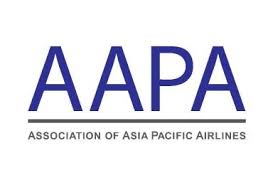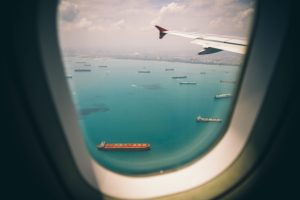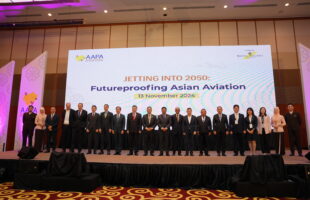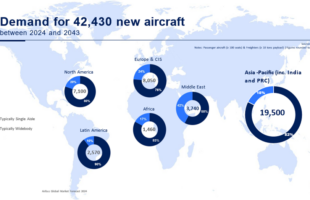

Preliminary traffic figures for the full calendar year 2016 released by the Association of Asia Pacific Airlines (AAPA) reaffirmed continued solid growth in demand for international air travel, whilst air cargo markets showed renewed strength in the second half of the year after a weak start.
Boosted by the widespread availability of competitive airfares and continued expansion in network connections, the region’s airlines carried a combined total of 293 million international passengers in 2016, representing a 6.0 percent growth compared to the previous year. The average international passenger load factor rose by 0.3 percentage points to reach 78.7 percent for the year, after accounting for a 6.6 percent increase in demand as measured in revenue passenger kilometres (RPK) and a 6.3 percent expansion in available seat capacity.
International air cargo demand, measured in freight tonne kilometres (FTK), recorded a 1.8 percent increase for the year, with growth rebounding to a 5.7 percent year-on-year rise during the second half following a 2.2 percent year-on-year contraction during the first six months of the year. Overall, offered freight capacity expanded by 3.5 percent, leading to a slight decline in the average international freight load factor, by 1.0 percentage point to 62.5 percent for the year.
Andrew Herdman, AAPA director general commented, “Notwithstanding some unexpected geopolitical developments and macro-economic uncertainty in 2016, air passenger traffic carried by Asian airlines continued to grow, climbing 6.0 percent higher compared to the preceding year. Asian regional travel markets were relatively strong, as was demand on routes to and from North America, although routes from Asia to Europe saw some weakness following terrorist-related incidents”.
He added, “After a lacklustre start to the year, air cargo markets picked up pace in the second half of the year, with broad-based expansion in manufacturing production and international exports, supplemented by growth in demand from expanding consumer markets in Asia”.
He concluded, “The outlook for air travel markets in 2017 remains broadly positive, although the earlier boost to demand from falling oil prices is now behind us, and growth rates may moderate. Market conditions remain highly competitive, and airlines are focused on active cost management, whilst continuing to invest in future growth opportunities”.






